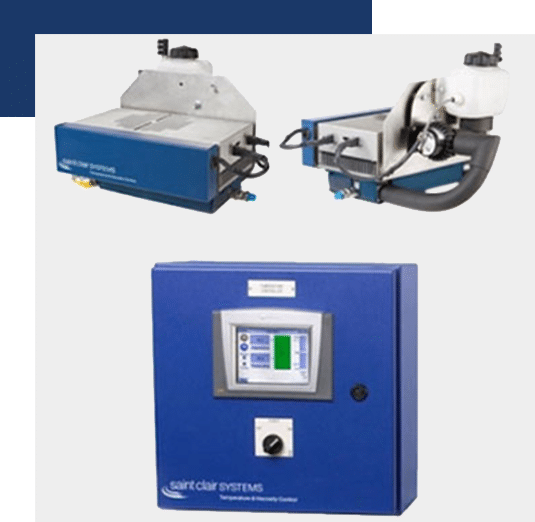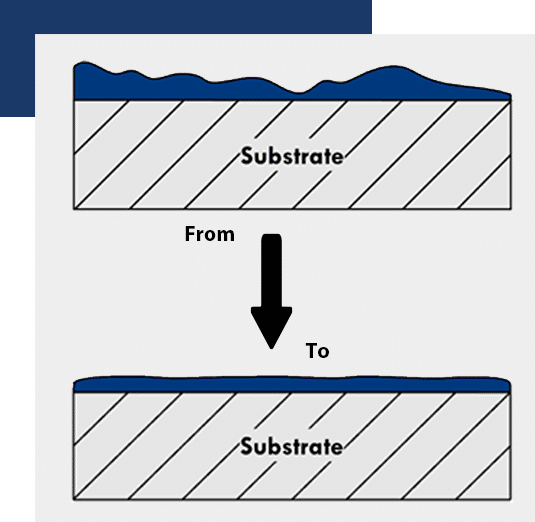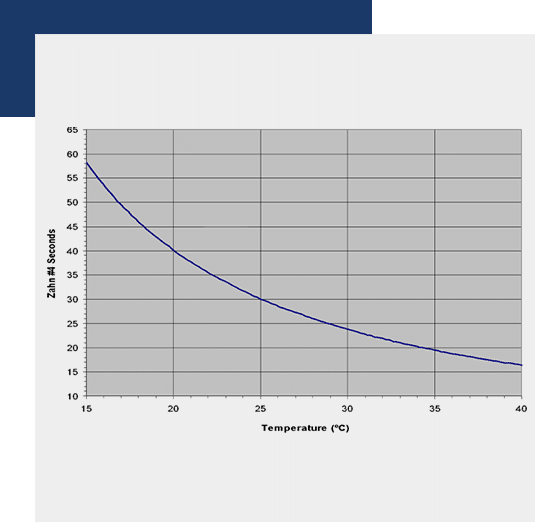What Difference Does it Make?
An inconsistent spray pattern leads to poor adhesion, excess material usage and unnecessary solvent usage.
The cause: temperature change in your process that negatively impacts viscosity.
The solution: precisely control temperature within +/- 1°F at the point of application. Maintain constant viscosity and get dependable results — shift after shift, day after day, week after week, month after month… You get the picture.
Control Temperature. Control Viscosity.
Temperature change in your fluid process causes viscosity to vary. When temperature increases, viscosity decreases because there is less resistance to flow. When temperature decreases, viscosity increases – there’s more resistance to flow. The result of these inconsistencies in your dispensing process? More defects, increased material usage, and higher costs.
The problems with uncontrolled temperature that lead to viscosity variations:
Bonding & Overmolding Solutions from Saint Clair Systems
Precisely control temperature at the point of application and maintain constant viscosity every time. The results are:
Saint Clair Systems’ Bonding & Overmolding Temperature Control System is easy to adopt, easy to integrate, and easy to maintain. It’s small enough to fit on your tabletop, consumes relatively little power, and can work for every budget. See below for what our customers have had to say.




